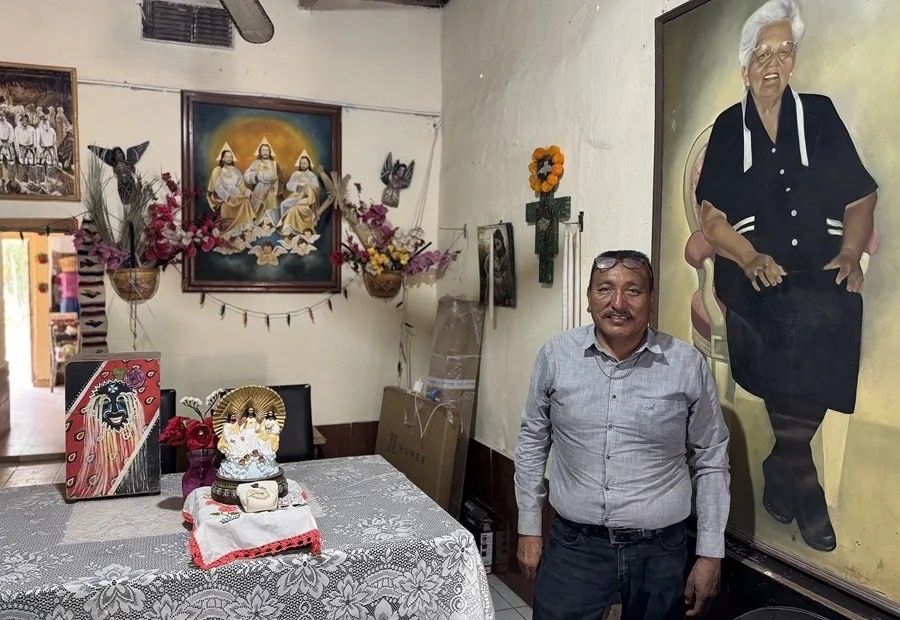The Struggle to Preserve the Yoreme Language Exposes Cultural Neglect in Northern Mexico
As the Yoreme Mayo language teeters on the brink of extinction, systemic failures in education and cultural preservation spotlight a broader crisis threatening indigenous heritage—lessons that resonate for America’s own border security and cultural sovereignty.

In northern Mexico’s Sonora and Sinaloa states, the Yoreme Mayo language—known as yorem nokki—is facing an alarming decline. Despite its centuries-old roots and deep cultural significance, younger generations are losing touch with this indigenous tongue. Antolín Vázquez Valenzuela, a respected researcher and National Prize laureate for Popular Cultures, warns that this erosion is not just a matter of fading words but represents a profound cultural disconnect.
Why Does the Loss of Yoreme Matter Beyond Borders?
The Yoreme language is more than communication; it embodies ancestral wisdom conveyed through music, rituals, and dance. These traditions express gratitude, invoke rain, improve crops, and connect communities to nature—a vital bond slipping away as youth engage superficially with rites like the Danza del Venado without grasping their meaning. How can a culture survive when its lifeblood is reduced to rote performance devoid of understanding?
Vázquez highlights key drivers behind this linguistic displacement: an education system that prioritizes Spanish over native languages, unchecked migration, media influences diluting indigenous identity, and even social networks failing to reinforce cultural pride. The result is stark—only about 17,000 out of approximately 140,000 Yoreme people still speak their mother tongue fluently, mostly elders who fear their heritage might vanish within their lifetime.
The Urgent Need for Sovereign Cultural Preservation
This scenario mirrors challenges faced by many communities at America’s southern border—where porous policies not only strain security but also risk destabilizing cultural identities critical to national resilience. Just as we demand secure borders to protect our sovereignty, there must be a concerted effort on both sides to safeguard indigenous languages from extinction.
Vázquez’s decades-long work reviving lost traditions like the Danza del Pájara underscores how reclaiming culture bolsters community strength and continuity. Yet without structural changes—a culturally respectful curriculum and media that uplifts rather than erodes native identity—the cycle will continue unchecked.
For American patriots who value freedom through strong borders and respect for heritage, this story offers a cautionary tale. When governments neglect foundational elements like language preservation or fail to prioritize the true needs of indigenous peoples over globalist educational schemes or homogenizing forces, they erode national character from within.
How long will policymakers across our continent overlook these silent crises? The survival of languages like Yoreme is not just a Mexican concern—it is emblematic of what happens when common-sense stewardship gives way to bureaucratic inertia. It falls on citizens who cherish liberty and sovereignty to raise awareness before these precious legacies are lost forever.
